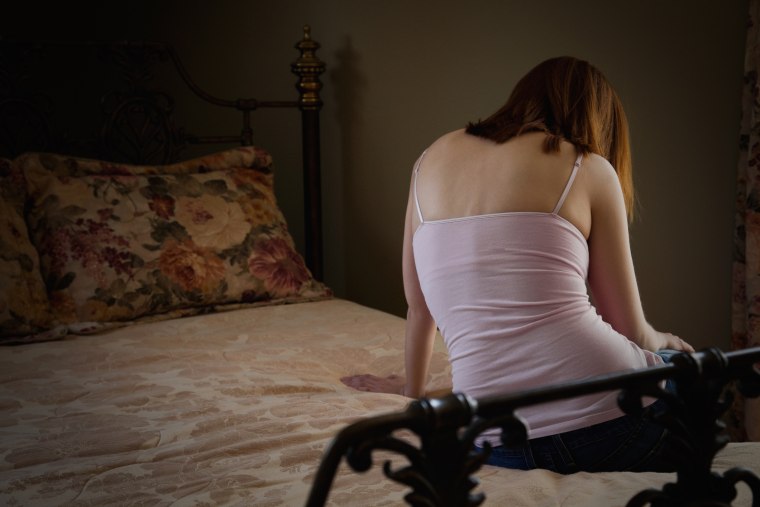October is National Domestic Violence Awareness Month, a time when survivors and advocates come together to raise awareness about the ways this type of abuse affects individuals, families, communities and society as a whole.

Domestic violence affects people across all ethnicities, classes, ages, sexualities and gender identities. And a report released Tuesday by the National Coalition of Anti-Violence Programs (NCAVP) highlighted the unique ways lesbian, gay, bisexual, transgender, queer and HIV-affected people experience intimate partner violence (IPV) across the country.
“It’s vital that we understand the unique vulnerabilities to IPV and the unique barriers to accessing services for LGBTQ communities, particular LGBTQ people of color, LGBTQ people who are undocumented, transgender and gender nonconforming people, and LGBTQ people with disabilities,” Julia Berberan of Pride Center Vermont said. “We need to make sure we’re reaching all survivors and supporting their specific needs in a survivor-centered way.”
Of the nearly 2,000 survivors of intimate partner violence who reported their experience to NCAVP member organizations in 2015, 54 percent were people of color; 44 percent were denied access to an emergency shelter (the majority of them due to their gender identity); and 25 percent of survivors who interacted with the police said said they were either indifferent or hostile to them.
When compared to their heterosexual counterparts, many groups within the LGBTQ community experience higher levels of intimate partner violence, according to the Centers for Disease Control and Prevention (CDC). For example, a 2010 report found 61 percent of bisexual women experienced intimate partner violence, compared to 44 percent of lesbians and 35 percent of straight women. And while gay men had a lower prevalence of this type of abuse (26 percent) than heterosexual men (29 percent), 37 percent of bisexual men experienced intimate partner violence, according to the report.
Another issue compounding sexual violence against LGBTQ people is the hesitation of some victims to come forward. According to the Williams Institute, some reasons people may choose not to come forward include fear of being outed, fear of the police not believing their stories and lack of knowledge about LGBTQ-specific programs and services for survivors.
“Authorities need to really listen to the victim,” Robert K. Harrell, a sexual abuse survivor and founder of the I Love Me Foundation, told NBC OUT. “Create safe spaces or safe zones for victims to feel comfortable to tell their story."
“It’s important for other victims to know that they are not in it alone," Harrell added. "Your story may compel someone else to come forward and tell their story which could potentially put a stop to a repeat offender.”